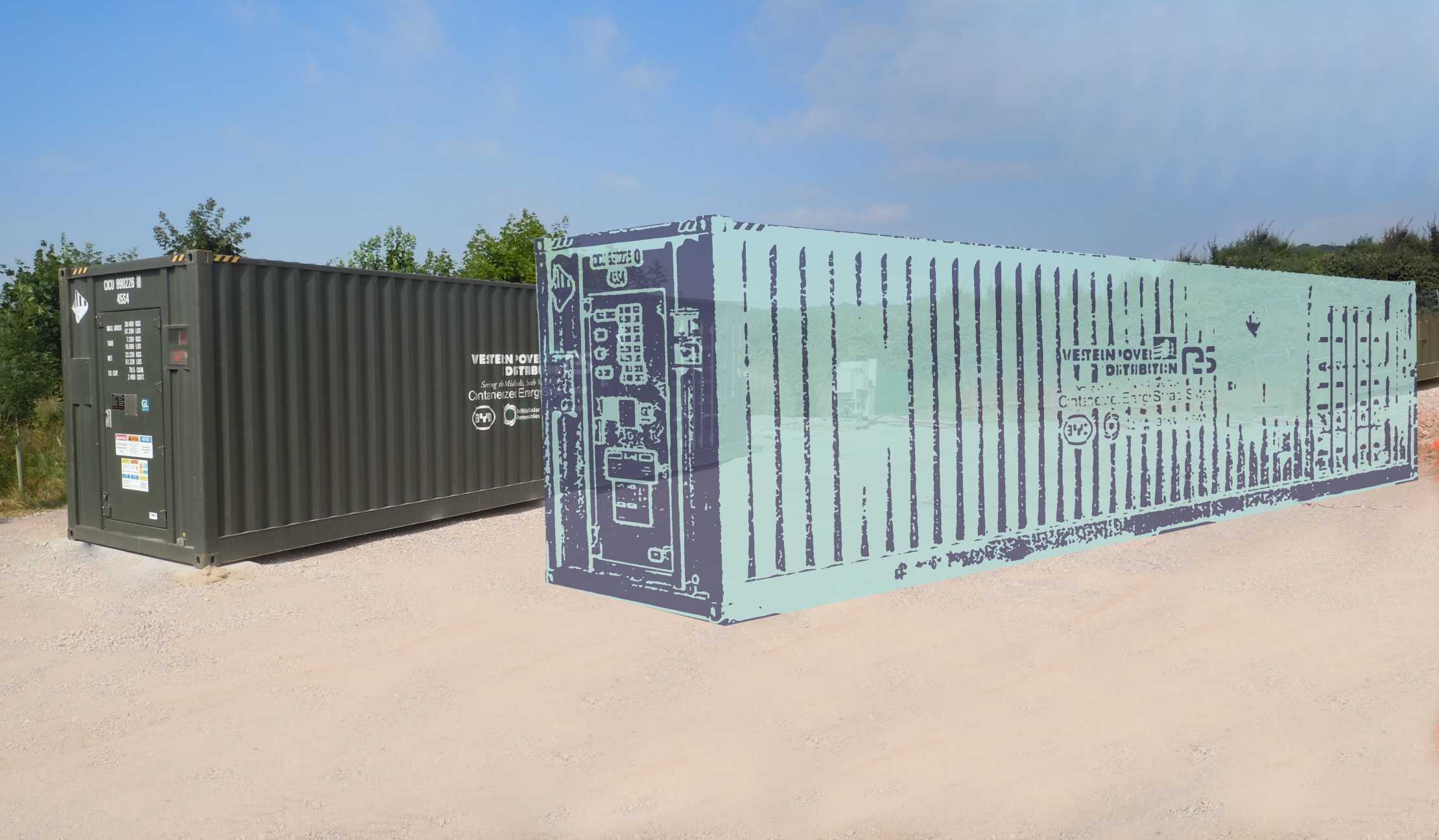Solutions
Our passionate and experienced people deliver successful clean energy projects globally.
Technologies
Driving a clean energy future through state-of-the-art renewable technologies.
See all technologiesResources
Browse our latest resources, including company updates, customer stories, industry insights, and research reports.
See all resourcesCareers
Join a collaborative team of passionate individuals who engage in meaningful, stimulating, and world-changing work.
Learn moreAbout RES
We live our mission, celebrate the people making it happen and transform the way the world produces and consumes energy.
See about usOur offices
Like our business, we’re truly global – but proudly local. Find contact and location details for every RES office.
Contact us
Typically, digital twins used to help improve asset performance are simple models that help spot underperformance by comparing resource availability with power output (“power curves”). What happens when you take this a step further and develop a virtual asset model?
Digital twins – the virtual model of a process, product or service – have been commonly used in the renewable industry to gain insights into the health and performance of renewable assets. By digitising much of the data collection and reporting a greater depth of information, digital twins can be used to understand why a facility isn’t performing as planned, leading to changes that can be implemented to maximise generation and financial performance – such as dynamic operations in response to environmental constraints.
Typically, digital twins are simple models that help us to spot under-performance by comparing resource availability with power output (“power curves”) that are widely used in the industry. However, by pooling the expertise of our technical analysts and data scientists, RES’ has recently taken the “digital twin” to the next level by creating a virtual model of one of the commercial energy storage projects that we manage.
Originally designed to understand the interplay between asset lifetime and throughput, the model has been refined based on real world experience to improve its accuracy. This virtual model, which was built using our suite of software-based storage simulation tools, cloud computing technologies and data feeds from the site, can now be used to adjust the control algorithms of the battery enabling performance to be optimised and the life of the asset extended. Whereas most digital twins are simple regression models, this is a ‘true’ twin, modelling many inputs and their interactions, calibrated by tuning the model parameters to accurately represent the battery sizing, electrical efficiencies and control algorithm implementation. The physical model and results database are hosted in the cloud and results are updated every day based on the latest data from site. This enables our performance analysts to compare actual and expected performance metrics including power, throughput, state of charge and the accuracy of the battery’s actual response versus the required response. We can then understand if deviations from budgets should be expected, for instance due to frequency characteristics that are beyond the control of the asset or if there are operational issues such as control mode misconfiguration, plant malfunction or battery degradation that can be resolved.
Using the digital twin on the storage project, operational data showed that there was a reduction of throughput of approximately 11%. The model enabled us to see that an apparent drop in the performance of the plant was actually driven by changes of the frequency characteristics and not due to operational issues. This insight enabled changes to be made to the battery control algorithms, helping to extend the life of the asset by approximately four years. This framework can be used to build new digital twins for other renewable projects across solar, wind, offshore and storage assets helping asset owners and investors to maximise the efficiency of individual sites and portfolios.
